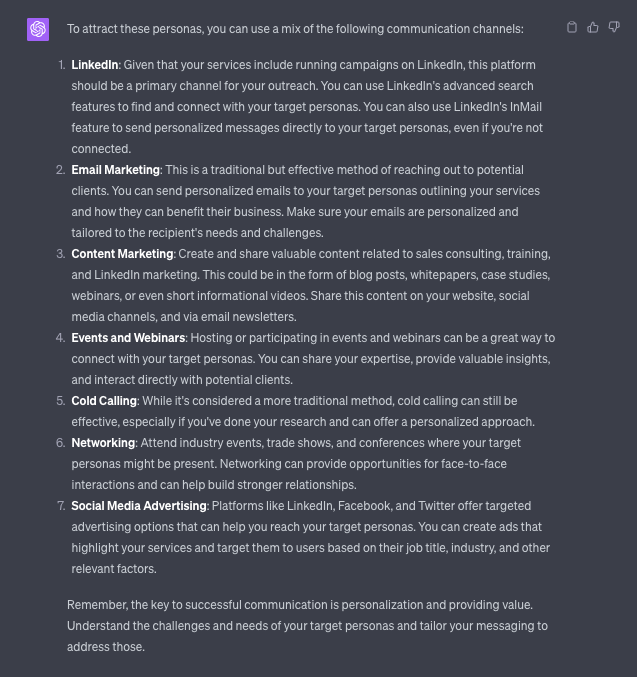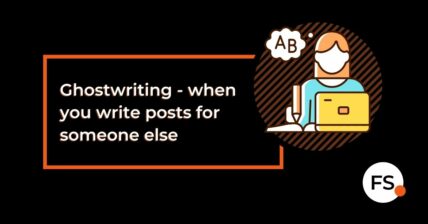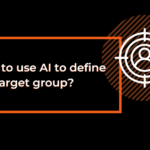
Artificial intelligence has become an integral part of our lives, and we have become accustomed to using it almost daily. Working with language AI models, such as Chat GPT, constantly opens up new possibilities for us. AI can give us good advice but also make our job easier. One area where AI can help in business and marketing is defining a target audience.
However, this doesn’t mean that you should simply ask AI who your ideal customer is and base your business strategies on that. Defining a target audience involves many factors. But AI can easily evaluate historical data for us and can add a new perspective to the target audience.
What do you need for this?
In the example, we used the OpenAI ChatGPT 4 language model in its paid version ($20 per month). This model allows for installing extensions (plugins), one of which is Webpilot. Webpilot enables ChatGPT to browse the content of web pages, which is a crucial feature for defining a target audience.

How to do it?
1. Look at your historical accounting data and download a list of companies that precisely match your definition of ideal customers.
The metric you use for this is up to you, as every company may have different settings.
– Revenue
– Profitability
– Length od partnership
– …
How long should the list be? That’s individual. The sample should be relevant. In the example, we selected customers based on revenue, which accounted for 60% of the company’s income for that period.
2. Find the URL addresses of their current websites.
3. Create the prompt for ChatGPT.
→ The command given to the language model is called a PROMPT.
→ In the first phase, you need to guide AI on how to behave.
Act as a business consultant. Your specialization is B2B Sales and marketing.
→ Then, describe the task.
Your task is to help me as a business owner to identify my target audience based on key common attributes of the list of my current clients.
Here is the list of my current customers: – – – – – –
Your answer needs to consider these criteria:
⇒ Company size.
⇒ Target market.
⇒ Specialization.
⇒ Services offered.
⇒ Industry of operation.
⇒ Other important attributes to consider.

For understandable reasons, we can’t show you our client list here. For the purposes of the example, we selected just four random companies.
And the result?

Using the Webpilot plugin, ChatGPT analyzed the websites of all the mentioned companies, compared the information, and offered suggested results.
4. What about key contact persons?
Once you have the model trained and all the necessary data, you can ask further questions. For example, about key persons to contact in these companies.

Result:

5. Marketing channels
You can take your questions a step further and ask about communication channels that can be used to reach this target audience.

Result:

However, we must note that in this case, the model didn’t provide groundbreaking advice. In the example, you can see that it’s about standard marketing insights that we all know.
In general, we were very satisfied with the results. In our case, it was more about confirming pre-defined hypotheses.
The biggest added value of using AI to find a target audience was the (web pages) and drawing conclusions. Artificial intelligence handled everything in approximately 2 minutes. Under normal circumstances, such an analysis would require a person to dedicate several hours of their time.








